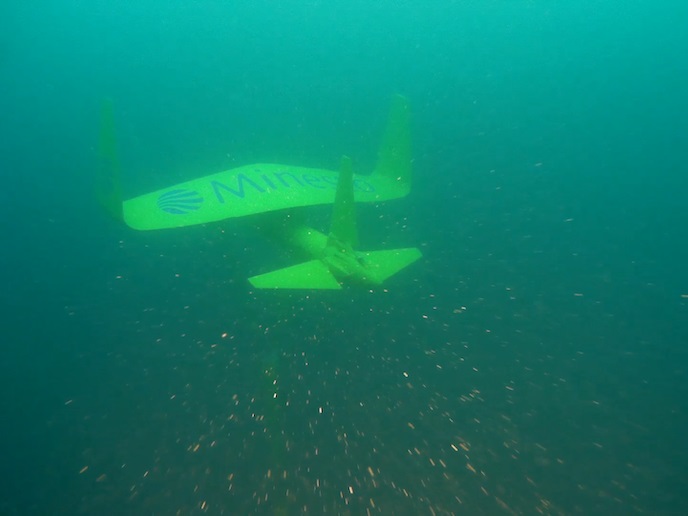Design tools for ocean energy
The design, building and deployment of arrays of wave and tidal energy converters face major challenges like hydrodynamic interaction between individual devices in the array and its effect on power performance, cost and environmental impact. Such obstacles must be overcome if the ocean energy sector is to become cost competitive and thus commercially successful. Other questions involve determining the optimal configuration for the offshore electrical network and the development of mooring and foundation models. Logistical solutions for manufacturing, assembling and installing ocean energy arrays also need to be addressed. These challenges were taken up by the EU-funded project DTOCEAN(opens in new window) (Optimal design tools for ocean energy arrays), which was established to speed up the commercialisation of industrial ocean energy power generation. The initiative brought together 18 partner organisations from 11 countries to create software tools for optimising the design of first-generation wave and tidal energy converter arrays. Tools were designed to be used by a wide variety of stakeholders involved in ocean energy, such as device developers, array developers, researchers, financiers and governments. They were used to optimise key metrics such as the levelised cost of energy, reliability and environmental impact, and were employed to compare and contrast a number of potential array developments. The suite of tools provided by DTOCEAN is now ready and awaiting the first generation of array developers. Its benefits include increased cooperation and collaboration between stakeholders, resulting in greater cross-sector agreement on prioritising goals. The project will also accelerate development and deployment of large-scale, commercial marine energy arrays and make a significant contribution to marine energy research. DTOCEAN outcomes will therefore help to ensure environmentally appropriate decisions are made during each step of the design process, culminating in a suite of open-source design tools for the ocean energy sector.







